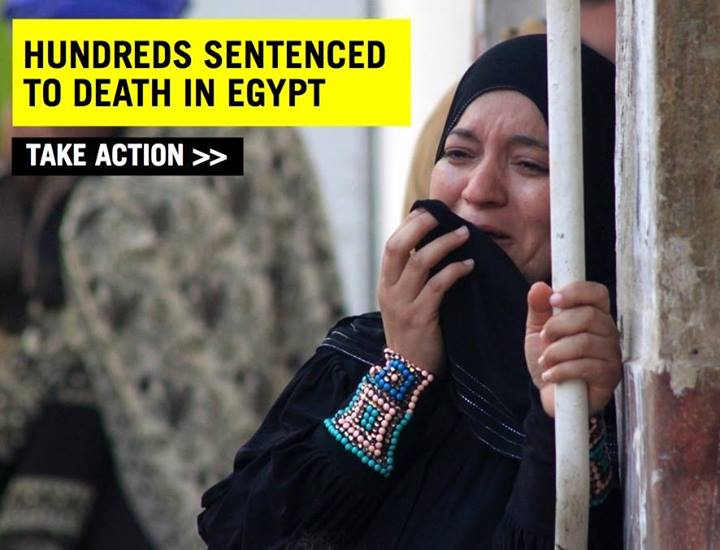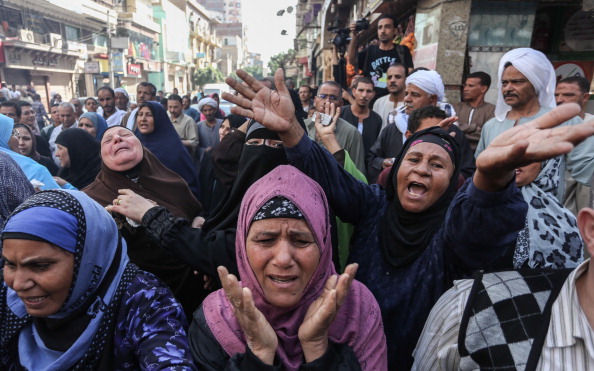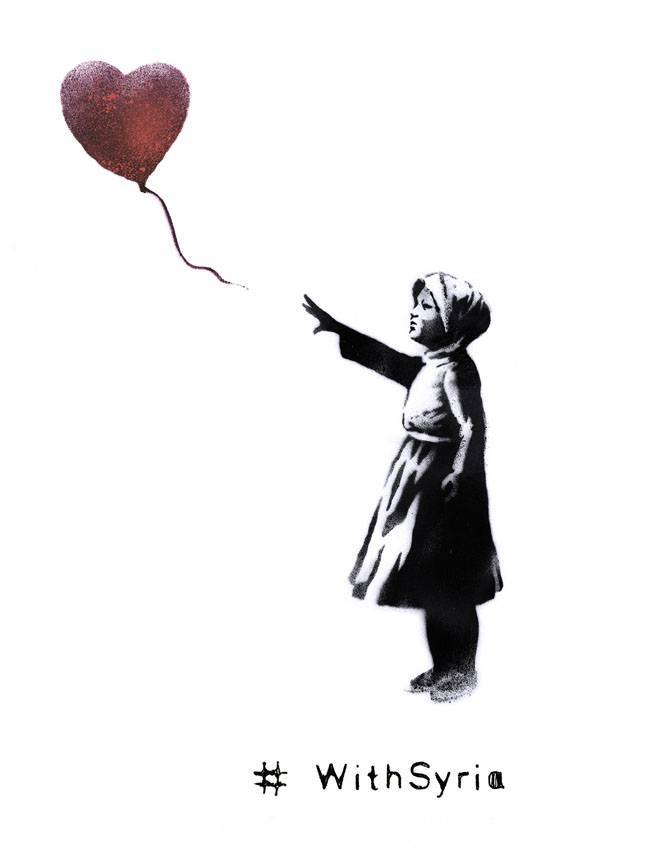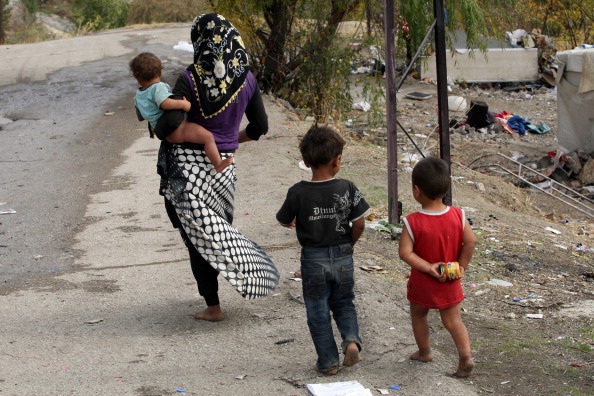
Somewhere in Egypt, Hosni Mubarak must be smiling, knowing that three years after his downfall, he has won after all.
After three decades of muzzling civil society, of harassing, detaining and torturing political activists, scholars, journalists, lawyers, doctors and regular citizens of all stripes, Mubarak never was able to accomplish what the new regime has achieved in a matter of months.







